|
|
|
|
ISSUE 32 | SEPT. 2022
|
|
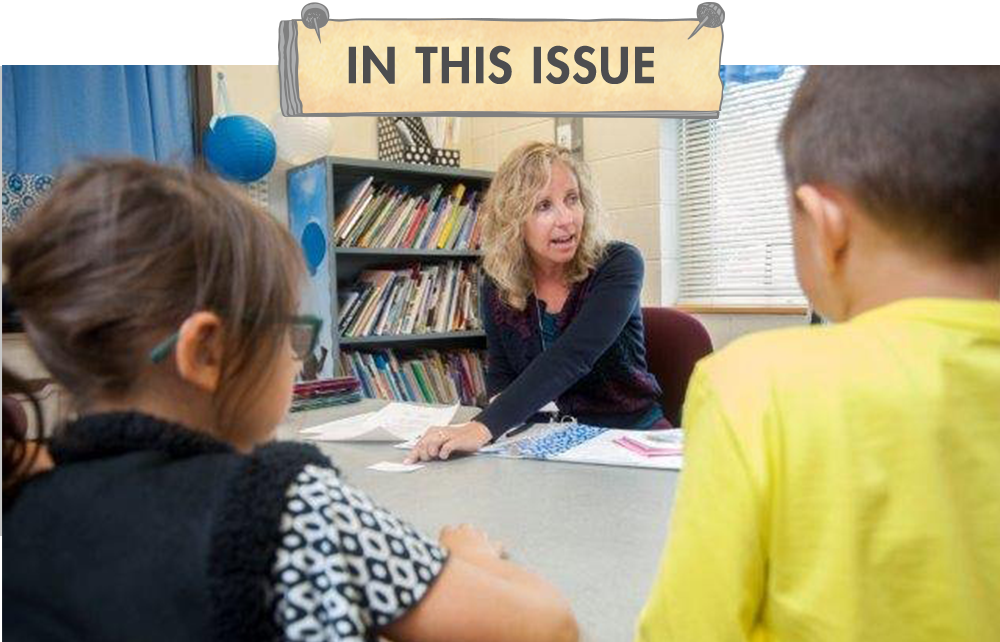
|
|
|
|
|
|
We hope your school year is off to a super start! This September issue of The Superkids Bulletin is the first of two that will concentrate on small-group instruction, and it covers classroom management, student grouping, and strategies for making Superkids text accessible for students with varied reading abilities. You will also find a new free resource to help you plan differentiated reading instruction for each group of students.
The small-group emphasis will continue in our October issue, highlighting independent activities that students can complete while you work with groups. Be sure you are subscribed! If you know a Superkids teacher who does not receive The Superkids Bulletin, please share the sign-up link below.
zaner-bloser.com/reading/superkids-bulletin-signup.php
|
|
|

|
|
|
|
|
|
It can be beneficial to envision how independent work time will look in your classroom and consider what procedures will need to be in place to make that happen. Here are a few questions to ask yourself as you plan for effective and meaningful independent work time while you work with small groups.
|
|

|
|
Where will students complete their independent work?
Some teachers prefer students work independently on tasks while seated at their desks. Other teachers like a very structured center rotation where students visit activities in groups and move to the next station at the same time. Some choose to have the children move to the next station at their own pace. You will need to determine and teach the procedure that works best for you and your students.
|
|
|

|
|
Do I want a mix of independent, partner, and group activities?
Students will need to know if they are to complete an activity on their own, with a friend, or in a group. Consider adding a label to each independent activity station so it is clear how they are to complete the task.
|
|
|

|
|
How will the students know what to do?
Students need to have a clear understanding of what to do when you are meeting with your reading groups. It is important to determine how you will display the tasks they are to complete. Some teachers simply write the tasks for the day on the board. Others use pocket charts, printed must-do/may-do lists, or station rotation wheels.
|
|
|

|
|
Where will they find the supplies needed to complete their tasks?
Many Superkids teachers use tool kits at their independent stations. They will place any printed materials, crayons, pencils, markers, scissors, etc., needed to complete the task in a box. Providing all items needed at the station location prevents students from wandering around the classroom for supplies.
|
|
|

|
|
What should they do if they need help while I am working with a small group?
It’s a good idea to provide a visual “do not disturb” cue for your class that indicates you are busy working with a group. This will significantly cut down on interruptions while you teach the reading lesson. Examples of visual cues are a special “I am working” hat, an “open/closed” flip-sign at the small-group table, or a light that signals you are busy when it is turned on. A great rule to teach and practice early in the year is the “Ask Three, Then Me” rule. Students are asked to find three friends to help with their question before coming to the teacher.
|
|
|

|
|
What else might they need to know?
Being proactive is key to any successful classroom. Consider creating and teaching independent work time procedures for using the bathroom, turning in completed work, what to do if all assigned tasks are finished early, what to do if tasks are incomplete when independent work time is ending, and putting away station materials.
|
|
|
|
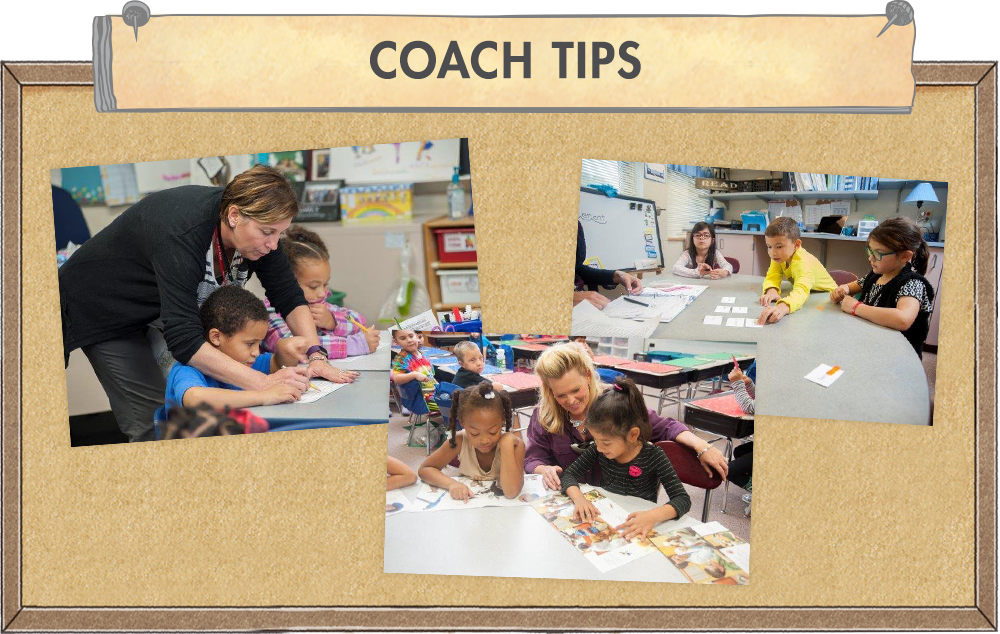
|
|
|
|
|
|
A successful independent work time will require deliberate instruction and practice with procedures and routines. Taking careful time to build children’s capacity to operate independently will pay off in the long run.
As you begin the year (or if students are struggling to work independently), consider practicing the independent work time portion of your day before you pull small groups for instruction. This allows you to establish and teach the procedures and management system for independent work, while also being available to monitor and assist as students practice. At the end of every practice session, gather students to debrief, reflect, and set goals for next time.
When students are ready, transition into pulling groups. As you begin this transition, think about scheduling shorter small-group instructional time to allow opportunities for you to provide feedback as students get used to you being unavailable. Slowly lengthen the group meetings until they are the ideal 20 minutes each.
Note: First- and second-grade teachers are encouraged to begin small-group instruction as the year begins. In kindergarten, reading in small groups begins in Unit 6.
|
|
|
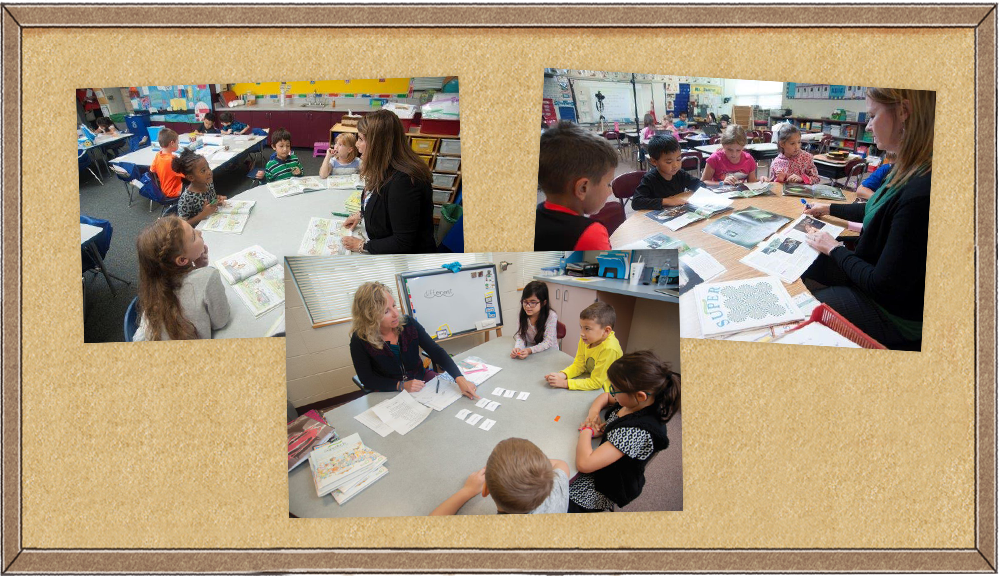
|
|
|
|
|
|
In Superkids, all children read on-grade-level text. This means you will need to carefully consider how you group your students to ensure the text is accessible for all students. If you group children based on similar reading abilities, you will be able to modify your reading instruction to match the needs of each group. You can also use small-group time to provide additional instruction that targets the skills and needs of the students in a group.
Typically, Superkids teachers create three groups of children to gather for reading instruction.
- Group 1 will include students who need help when they are reading most of the time and will benefit from targeted skill reinforcement.
- Group 2 may need help some of the time, but can read most grade-level text on their own. They also may require additional skill reinforcement activities.
- Group 3 needs very little help when reading, can read Superkids text independently and will benefit from additional challenging activities.
To determine who will be in each group, use formal assessment data from the program. Informally assess students as they complete their word work tasks and daily routines. Continually assess students as the year progresses so the groups remain flexible.
|
|
|
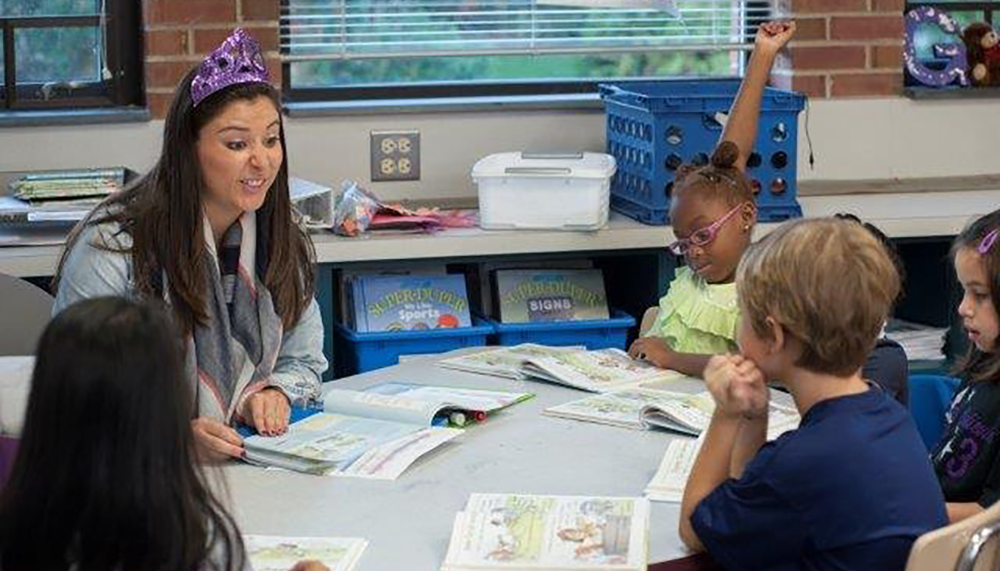
|
|
|
|
|
|
If the text you are reading seems too difficult for a group of children, then you will need to provide scaffolds, or supports, that will make the text accessible to these striving readers. One strategy is to allow this group to listen to the story in Superkids Online Fun before they meet with you. As you begin small-group instruction, ask some questions from the Teacher’s Guide with a focus on listening comprehension.
When providing reading practice with students who are reading below proficiency, concentrate on only a small portion of text. Use support strategies like echo reading, cloze reading, or choral reading when practicing with the section of text you have selected.
If needed, use some of your small-group time to reteach and reinforce skills. Ten-Minute Tuck-Ins and the Superkids Skill-Building Book are great resources to locate quick, low-prep, skill-specific activities for small-group skill reinforcement.
For additional suggested routines you can use to guide reading for groups of students at different levels, check out the Differentiated Instruction for Guided Reading card located on the Materials page in MyZBPortal.com.
|
|

|
|
|
|
|
|
Use this small-group planning template to think through how you will differentiate instruction for each reading group. You can make notes about resources and materials you will need, mediation strategies you will use, focused skill reinforcement activities, and more.
|
|
|
|
|
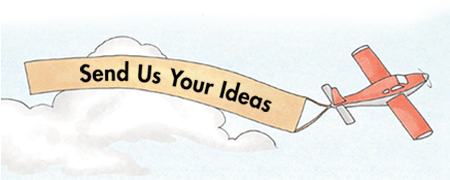
|
|
|
|
|